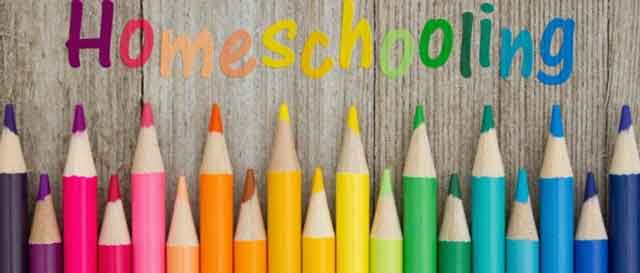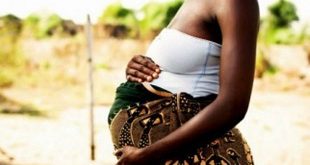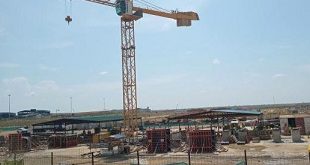
Kampala, Uganda | THE INDEPENDENT | As candidates prepare to return to their respective schools, their counterparts in non-finalist classes will be learning from home in what the government has termed; the homeschooling programme.
However, many parents and approximately 12.7 million learners at primary and secondary levels that have had a six-months unprecedented holiday are still wondering how their continued learning programme is going to be.
According to the National Curriculum Development Centre, they intend to print self-study materials out of the Curriculum that will be distributed to every learner. Grace Baguma, the NCDC director, says the self-study materials will be printed in form of simple reading booklets or notes.
“We have tried to simplify the content and produced material that can be comprehended by learners at their respective level,” says Baguma adding that the same materials indicates the learning outcomes of each lesson and the needed instructional materials.
Baguma also explains that there will be some questions at the end of a given lesson or learning topic. The questions will be used to assess the competence of the learners on a given topic when normal school resumes.
Unlike in the first phase where the self-study materials focused on areas that learners had covered before the school lockdown, this time around they intend to print material covering all topics studied in second and third terms for all non-finalist classes both in primary and secondary.
Each learner is expected to get a package covering all the subjects taught at his level. For instance, a Primary Five pupil is expected to get material covering subjects like science, English language, social studies, religious education, and mathematics all covering the entire syllabus of the said class.
This primary five learner, just like other non-finalists, is expected to make a timetable, and read the said booklets with help of their peers, guardians, or parents and later attempt some of the questions that would have been provided.
Since there will be no teachers at home, learners will also be guided to look out for the learning aids for a particular lesson this will appear as an introduction part before the content of a given lesson. For example a lesson on poultry requires the learner to have different types of feathers.
However, Hajji Ali Dago, senior educationist, says even with the said materials it might be very hard for students to learn new concepts on their own given the fact that they are used to the teacher-learner-oriented system.
Hajji Dago says that with the absence of the teacher, learners are may fail to comprehend several concepts. “Teachers guide learners, impart knowledge, and the competences which are required at the end of a learning unit. Now that he is out who will take the role in this programme?” Doga wondered.
Doga says some students were able to use the materials distributed in the first phase because they were dealing with content that they had already covered at school with the help of their teachers.
However, Dr Tony Lusambu, the assistant commissioner basic education notes they are preparing boost guides to enable parents to help their children. Dr Lusambu notes that the said parents’ guides will be translated into different local languages.
On top of the self-study materials, the government will be issuing out radio set to each household with a school going child and two television sets for each village. Via the gadgets government will broadcast lessons and learners will be following as they refer to the self-study materials.
But, it is not yet clear how they would be public television will be watched by the learners and still maintain social distancing.
********
URN
 The Independent Uganda: You get the Truth we Pay the Price
The Independent Uganda: You get the Truth we Pay the Price



